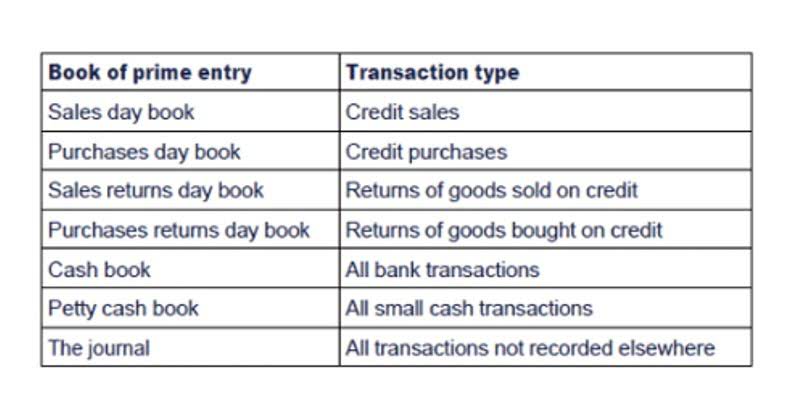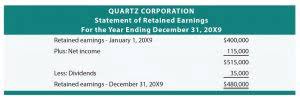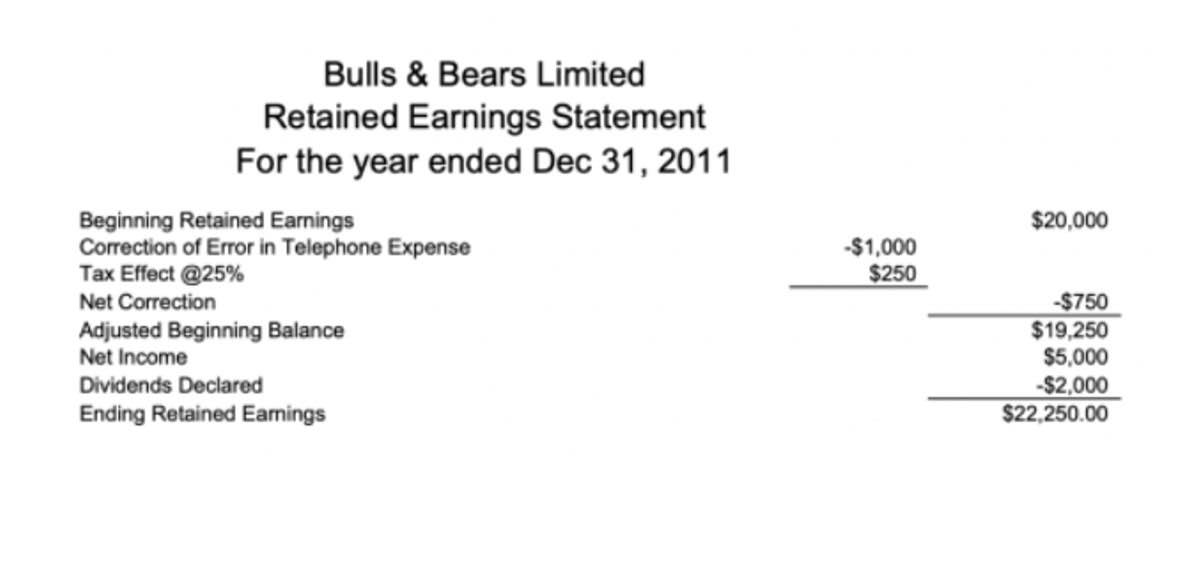
Offering training or guidance to those who may struggle with understanding financial reports can also alleviate potential issues. Proactively addressing these challenges helps prevent misunderstandings and strengthens the overall transparency framework. It allows individuals and organizations to have a clear view of financial transactions, ensuring accountability and trust.
The IMF’s Fiscal Transparency Code

Financial management tools enable real-time tracking and reporting of financial performance. These tools provide stakeholders with up-to-date information, making it easier to maintain accountability. Additionally, digital platforms can streamline the sharing of financial data, ensuring consistent and efficient communication.

Can I work on the Program Level Report tile prior to completing the Student Level Report tile?
The advent of technology has significantly transformed how organisations monitor and report on financial transparency metrics. Various software solutions are now available that facilitate real-time data analysis and reporting. Sales Forecasting For instance, enterprise resource planning (ERP) systems integrate various business functions into a single platform, allowing for seamless tracking of financial performance across departments. Implementing robust financial transparency metrics yields numerous benefits for organisations.
Clear Financial Reporting Standards
- In summary, financial transparency isn’t just about numbers; it’s about building trust, managing risks, making informed decisions, complying with regulations, and engaging stakeholders.
- Continuous evaluation allows organisations to identify areas for improvement, adjust strategies, and maintain a high standard of transparency in their financial operations.
- Finally, we will conclude by highlighting future trends in financial transparency and expenditure audits.
- Transparency acts as a safeguard, ensuring that hidden agendas, conflicts of interest, and fraudulent activities are kept at bay.
- In this section, we will explore the various ways in which accounting standards contribute to enhancing financial transparency.
- In February 2016, six groups at a Tyson shareholder meeting spoke with the chair of the board John Tyson about the lack of transparency the company provided on its financial reports.
- For instance, companies that have adopted integrated reporting—a framework that combines economic and non-financial data—have seen improvements in investor confidence and stakeholder engagement.
One thing that is essential is financial data being consistent and trustworthy across jurisdictions when internationally accepted frameworks like IFRS or GAAP are followed. Instead, I picked a CEO who embraces all of the core concepts payroll behind financial transparency. You’ll also learn our definition of financial transparency is broad in that we include non-financial measures which can lead to better outcomes for the organization and those inside it.
Contact an expert: What is the Financial Transparency Act?
Investment firms rely on Bloomberg or Reuters for market data, while tax compliance requires updated regulations from the IRS or state revenue departments. Inaccurate external data can undermine financial projections and compliance efforts. Many organizations use application programming interfaces (APIs) to connect disparate systems, enabling real-time synchronization of financial records.

Current trends in financial transparency

Implementing robust audit trail systems and practices should be a priority for organizations seeking to ensure the accuracy and integrity of their financial information. what is financial transparency Imagine a publicly traded company that consistently provides detailed financial statements, including income statements, balance sheets, and cash flow statements. These reports are easily accessible to shareholders, investors, and the general public. As a result, stakeholders can assess the company’s financial health, profitability, and cash flow patterns. This transparency builds trust and confidence among investors, attracting more capital and contributing to the company’s growth.
What is the Financial Value Transparency and Gainful Employment (FVT/GE) Act?

It will be regularly updated with the latest information on our solution and how institutions should prepare to report FVT/GE data as well as the regulatory landscape. You can also sign up on our FVT/GE resource page to be notified when new releases of the Clearinghouse’s FVT/GE service become available. Once you have corrected the errors for each award year’s file, the data is processed into our database and, if you choose, you can download a CSV file to review the data.
- Organisations should not only provide annual reports but also engage in ongoing dialogue with investors, employees, and customers about their financial performance.
- This can help employees see the big picture and the purpose of their work, and how it relates to the budget.
- We have supported over 734 startups in raising more than $2.2 billion, while directly investing over $696 million in 288 companies.
- Investing limitations, such as liquidity restrictions—meaning it’s difficult to readily buy and sell shares—as well as the fee structure for funds and investments, should be made available.
- A professional can provide objective guidance, help resolve conflicts about money, and offer strategies for achieving your financial goals.
- Asset recognition analysis can affect the key financial ratios and indicators, such as the return on assets, the asset turnover, the debt-to-equity ratio, and the earnings per share.
- By nurturing an environment that values ethical behavior, you establish a basis for trust and reliability that can help you reach financial transparency.
Several organisations have set benchmarks in financial transparency, demonstrating the tangible benefits of open financial practices. For instance, companies that have adopted integrated reporting—a framework that combines economic and non-financial data—have seen improvements in investor confidence and stakeholder engagement. These case studies highlight transparency’s competitive advantage in today’s market. Beyond formal reports, organizations must ensure financial updates are accessible and clear. Investor presentations, earnings calls, and shareholder meetings offer opportunities to clarify financial results and address concerns. Companies that proactively communicate risks—such as supply chain disruptions or shifts in consumer demand—demonstrate accountability and foster confidence.





















